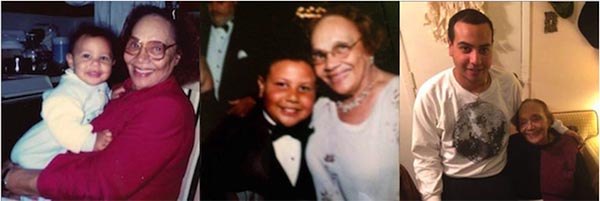Since I released my latest music video, “Boee Kala,” many friends, fellow musicians, and community members have asked me questions regarding to the meaning of the song, its title, the choice of location for shooting the video as well as my personal connection to the text.
The song title relates to my own Jewish roots. While “L’cha Dodi” is the common Jewish title used for this old liturgical Piyut (written by the well-known 16th century poet, Rabbi Shlomo HaLevi Alkabetz, I discovered that Iraqi Jews used the title ‘Boee Kala’ for the poem. Therefore, I chose to use the traditional, Iraqi song title to be true and highlight to my Iraqi-Jewish heritage.
Boee Kala means, “Come my bride,” and this Piyut (Jewish liturgical poem) is sung traditionally on Shabbat evening as a way to prepare for and welcome Shabbat metaphorically, as we would welcome a bride to her wedding.
How does this concept relate to my composition of the Piyut and this music video?
I am an Israeli living in San Francisco. Although I lead Shabbat services around the Bay on a weekly basis, I myself do not observe Shabbat the way my grandparents did in Iraq or Greece. My very secular celebration of Shabbat relates to the San Francisco Jewish experience. I drive to temple, play instruments and sign songs, and when the service is over, I might even go out for a drink in a bar – a far cry from how my ancestors observed this weekly tradition.
Therefore, there is a transformation of the meaning of Shabbat in my personal experience from a very holy, almost solemn tradition of observation to one of celebration. I want to express this transformation in the music video and song composition. I often play this song on secular venues where people don’t necessary know the meaning of the text but they feel the energy of the music and dance as if they were in a Kabalat Shabbat service, anticipating the celebration of Shabbat and the change of pace to daily routine that it represents. The music video was filmed in an alley in North Beach with the goal of bringing the music to the streets to share with every day San Franciscans, and experience the reaction of strangers passing by as they hear the song. While the people walking by the alley did not know the Jewish meaning of the song they responded in a way that corresponded with its essence; the happiness and festivity of Shabbat. This spirit of shared, even viral festivity and celebration is captured in the music video.







